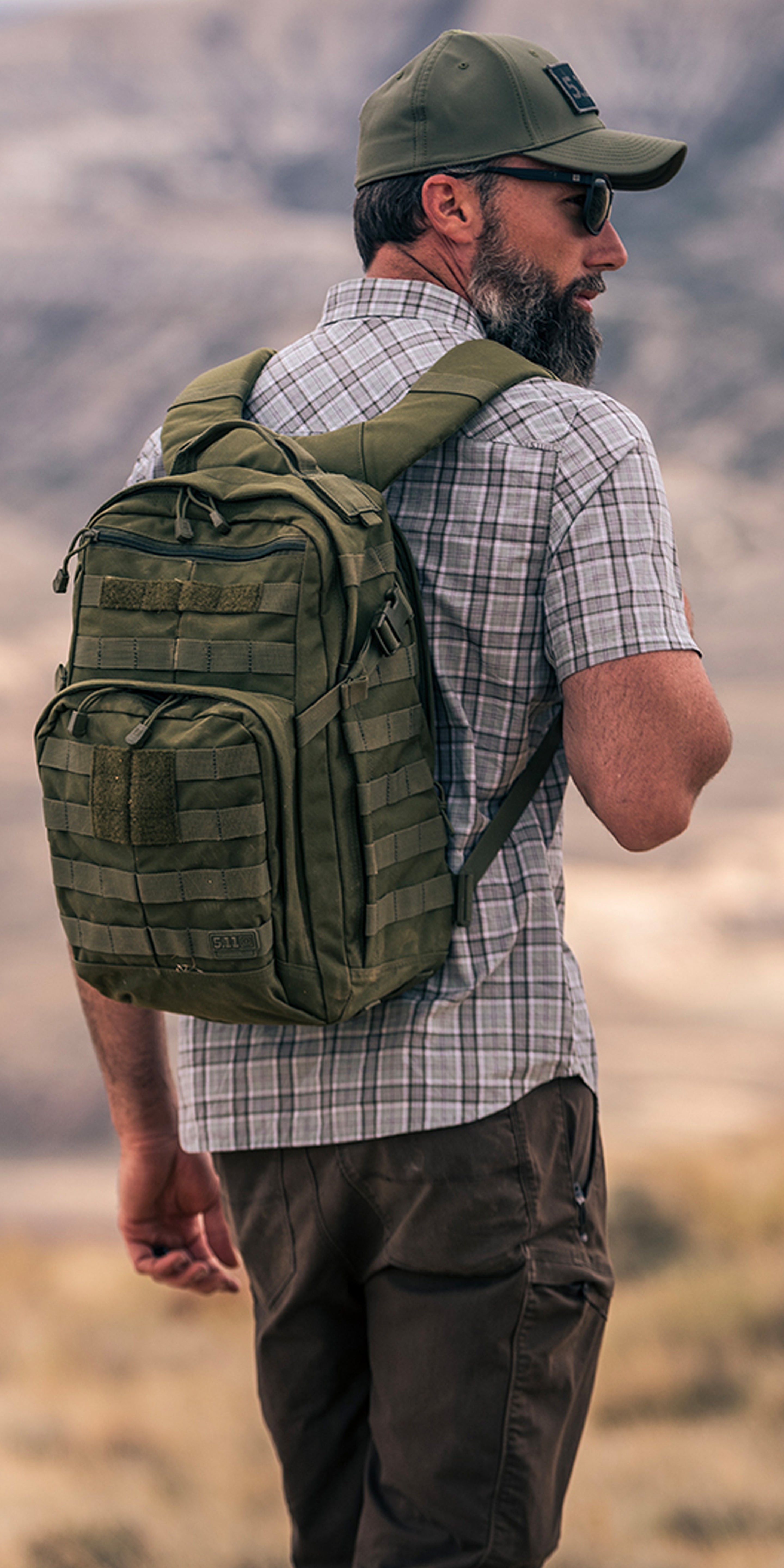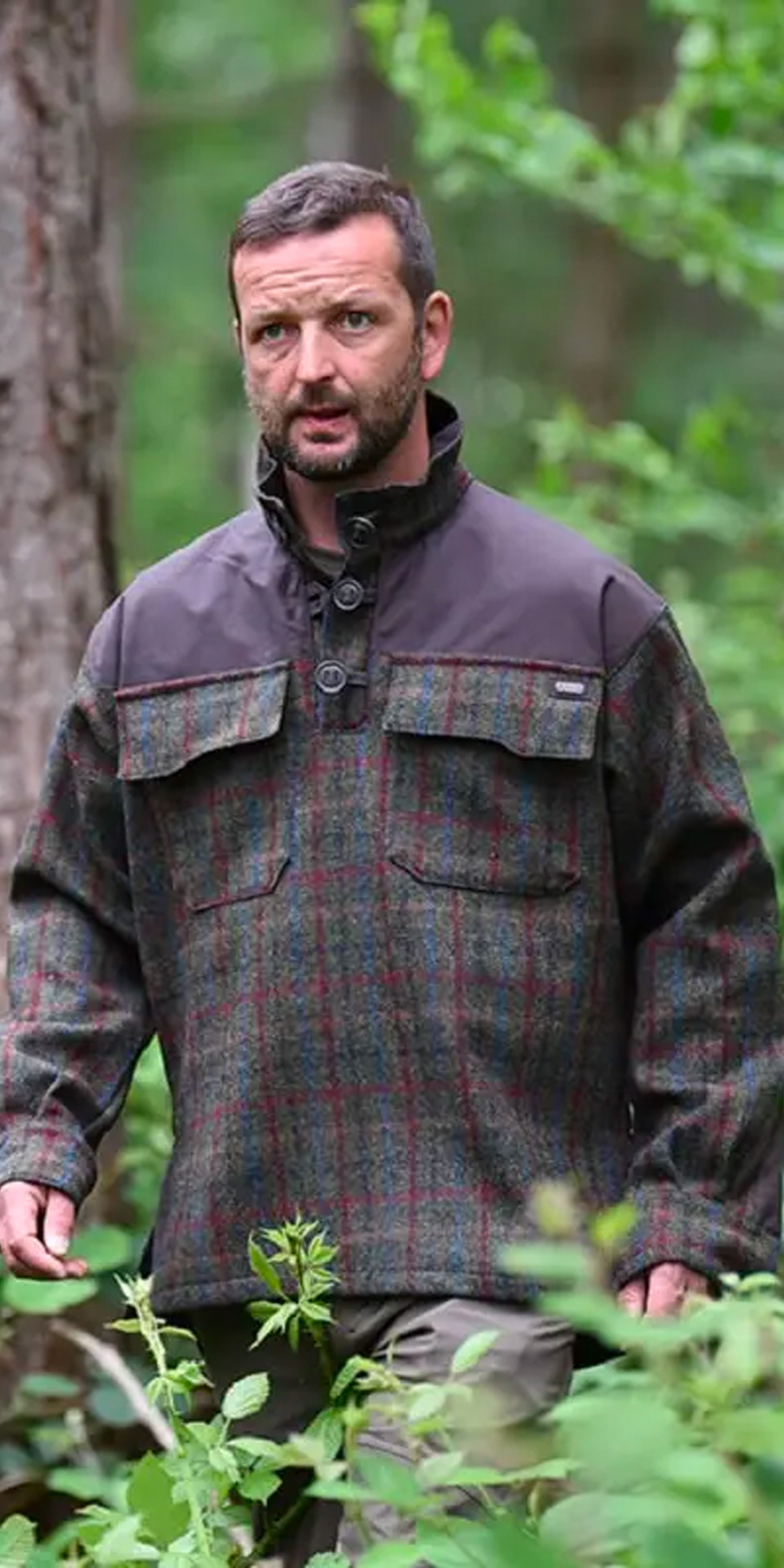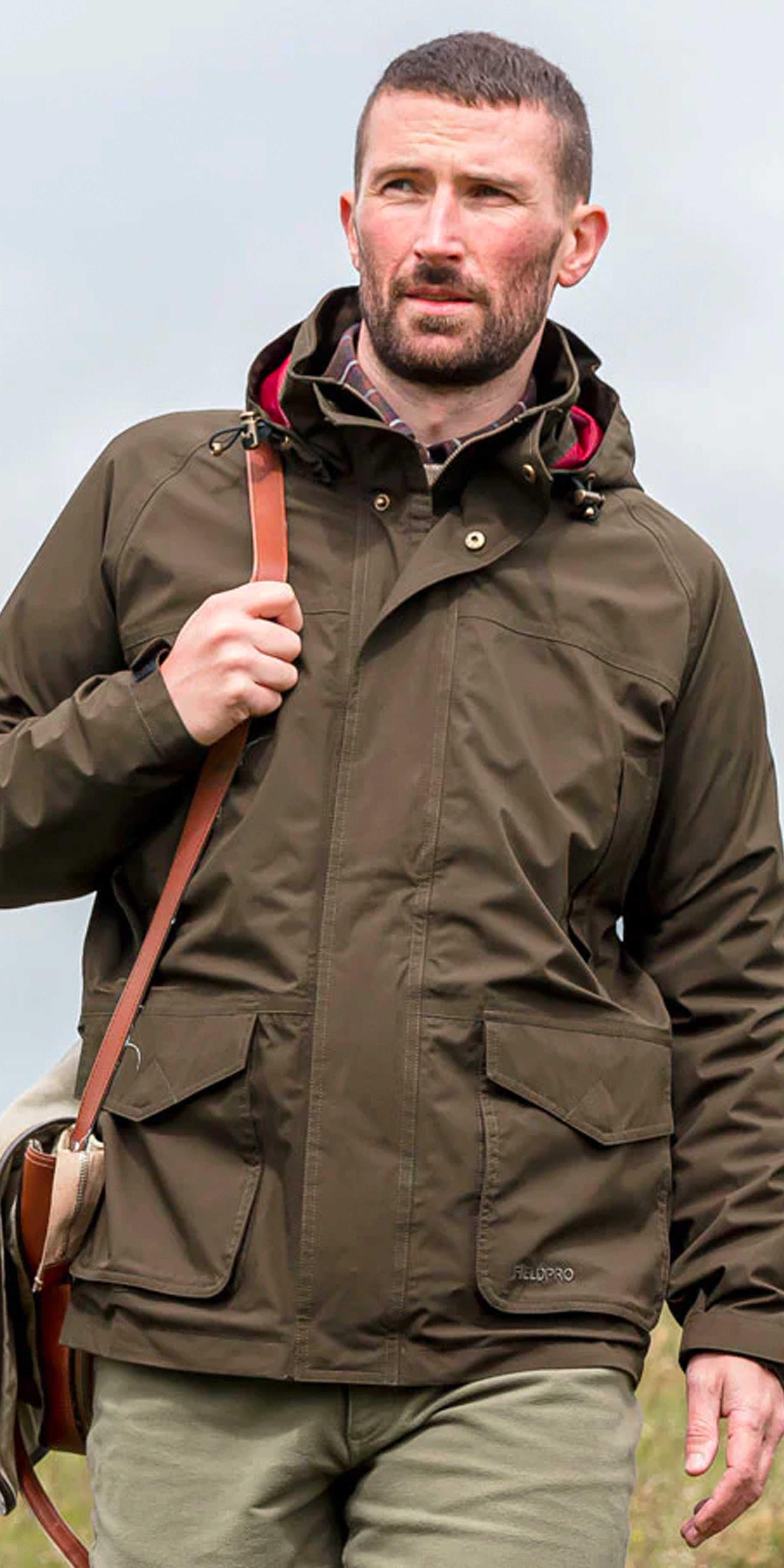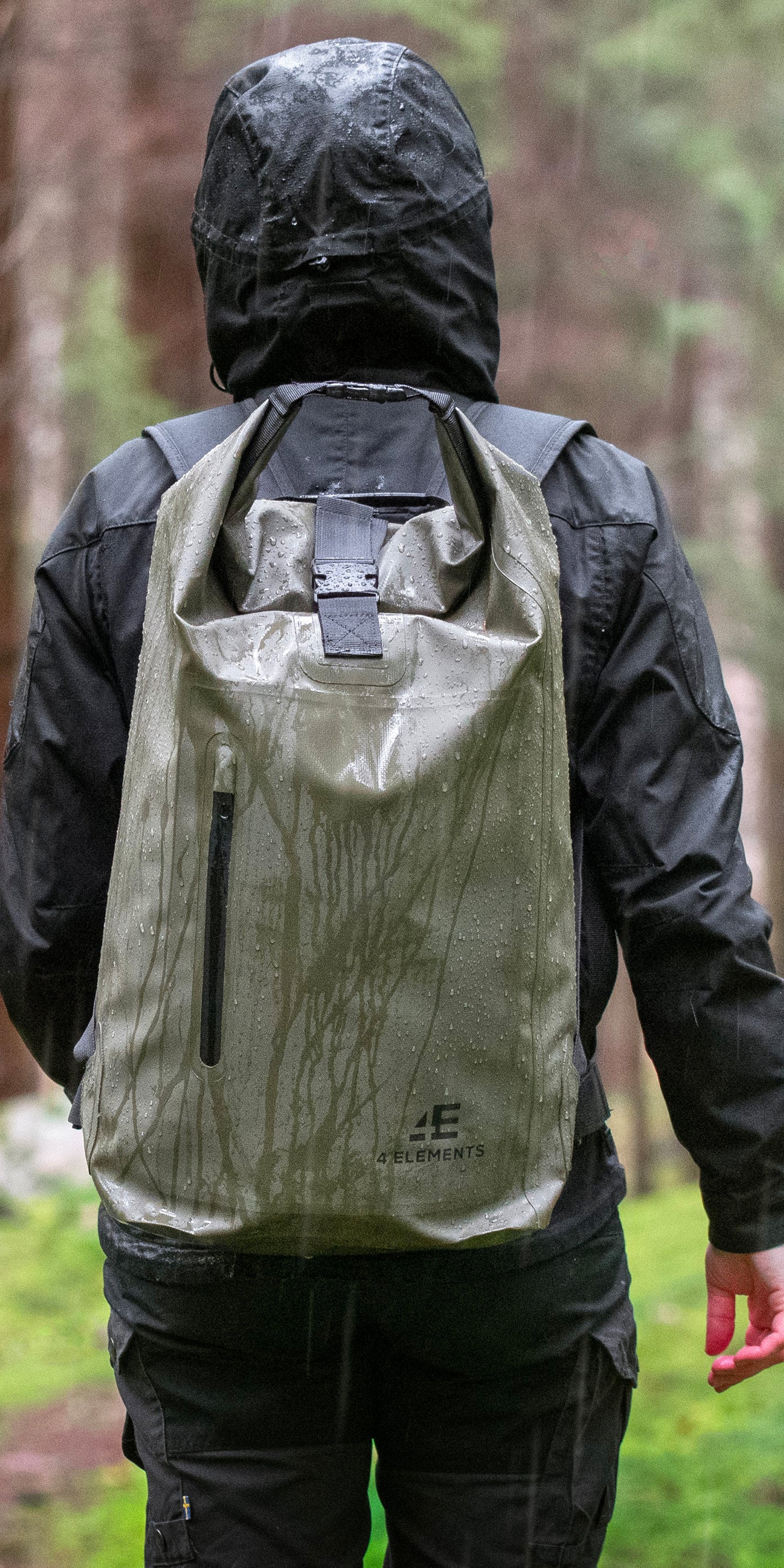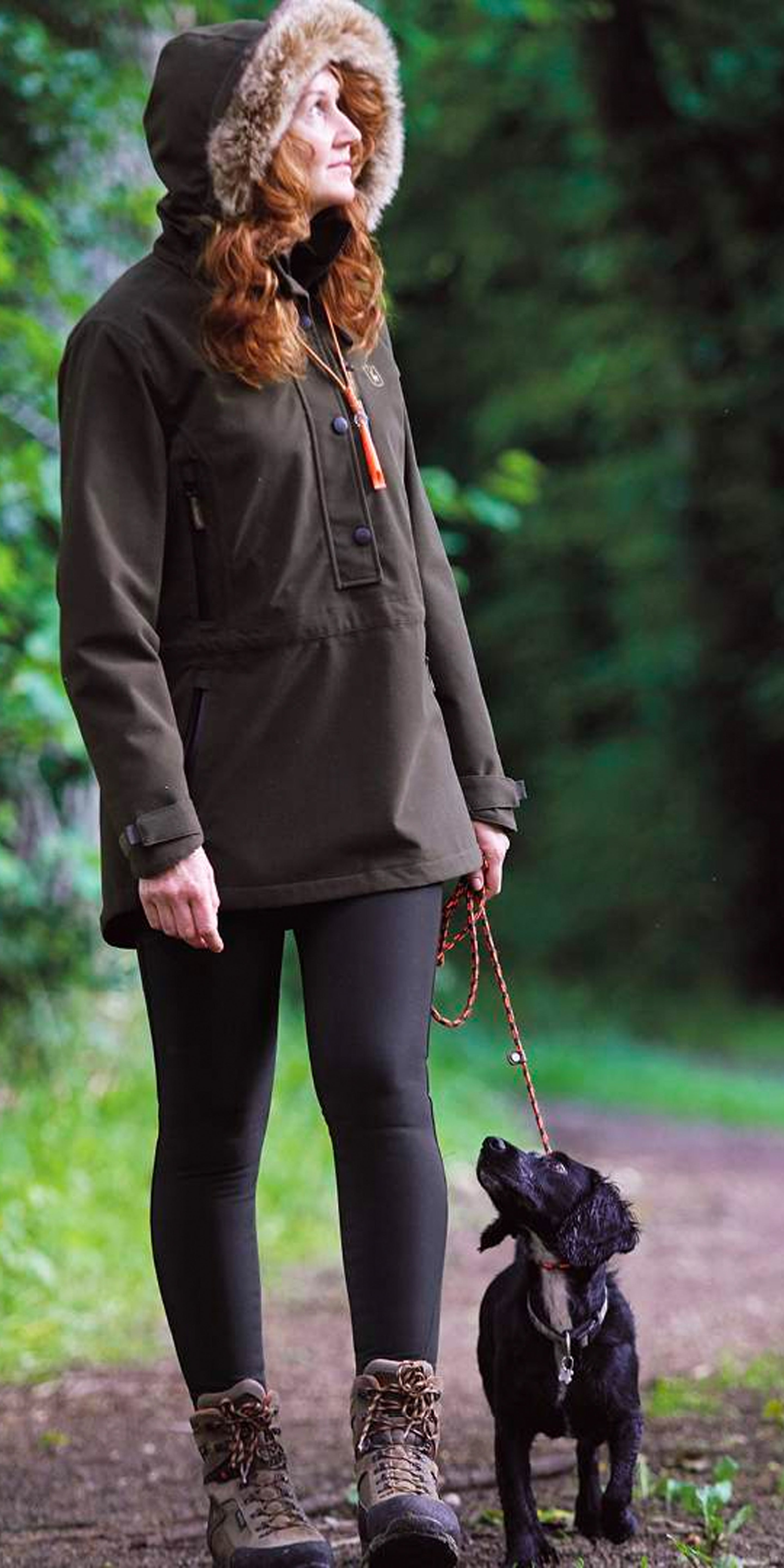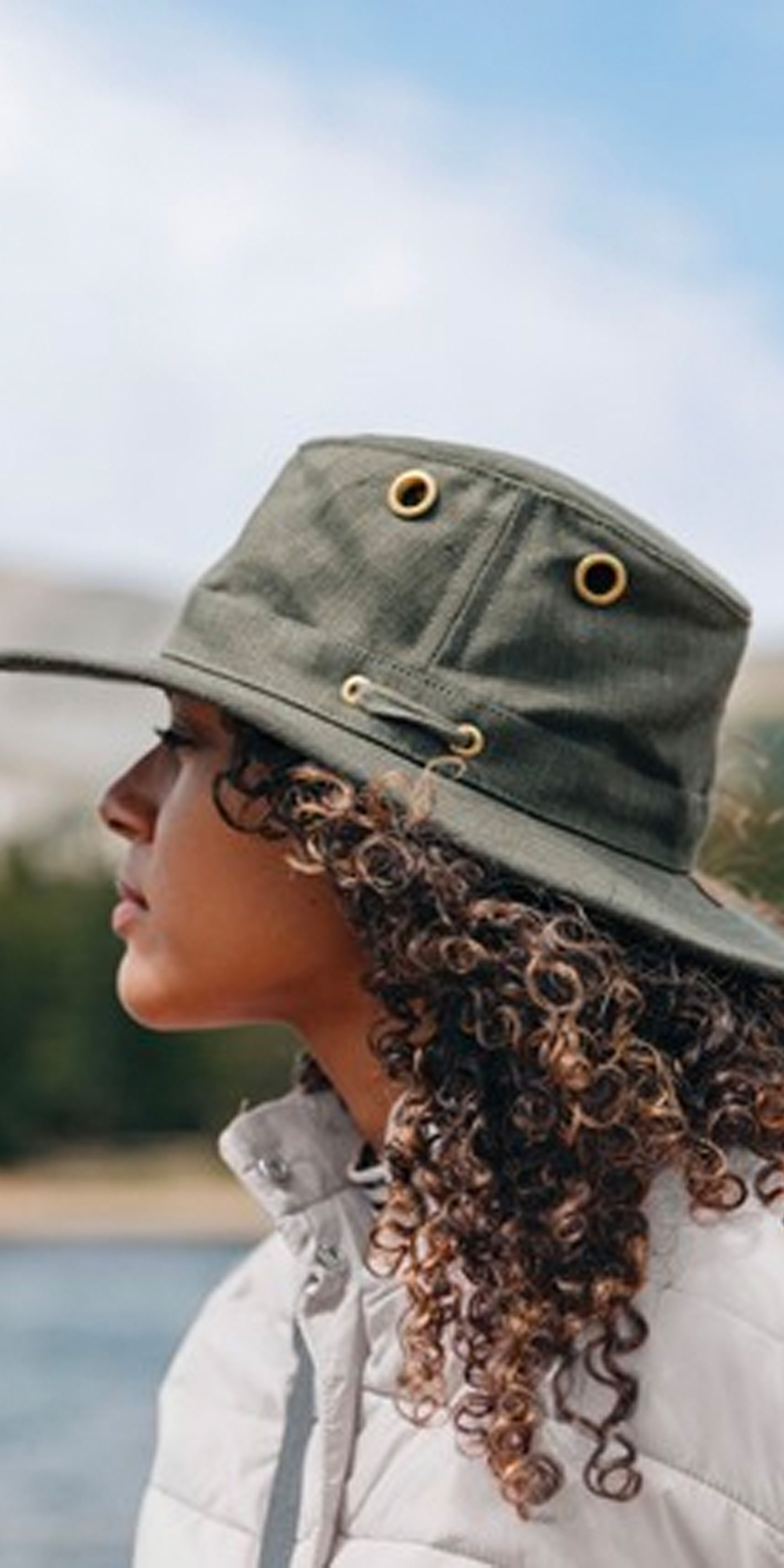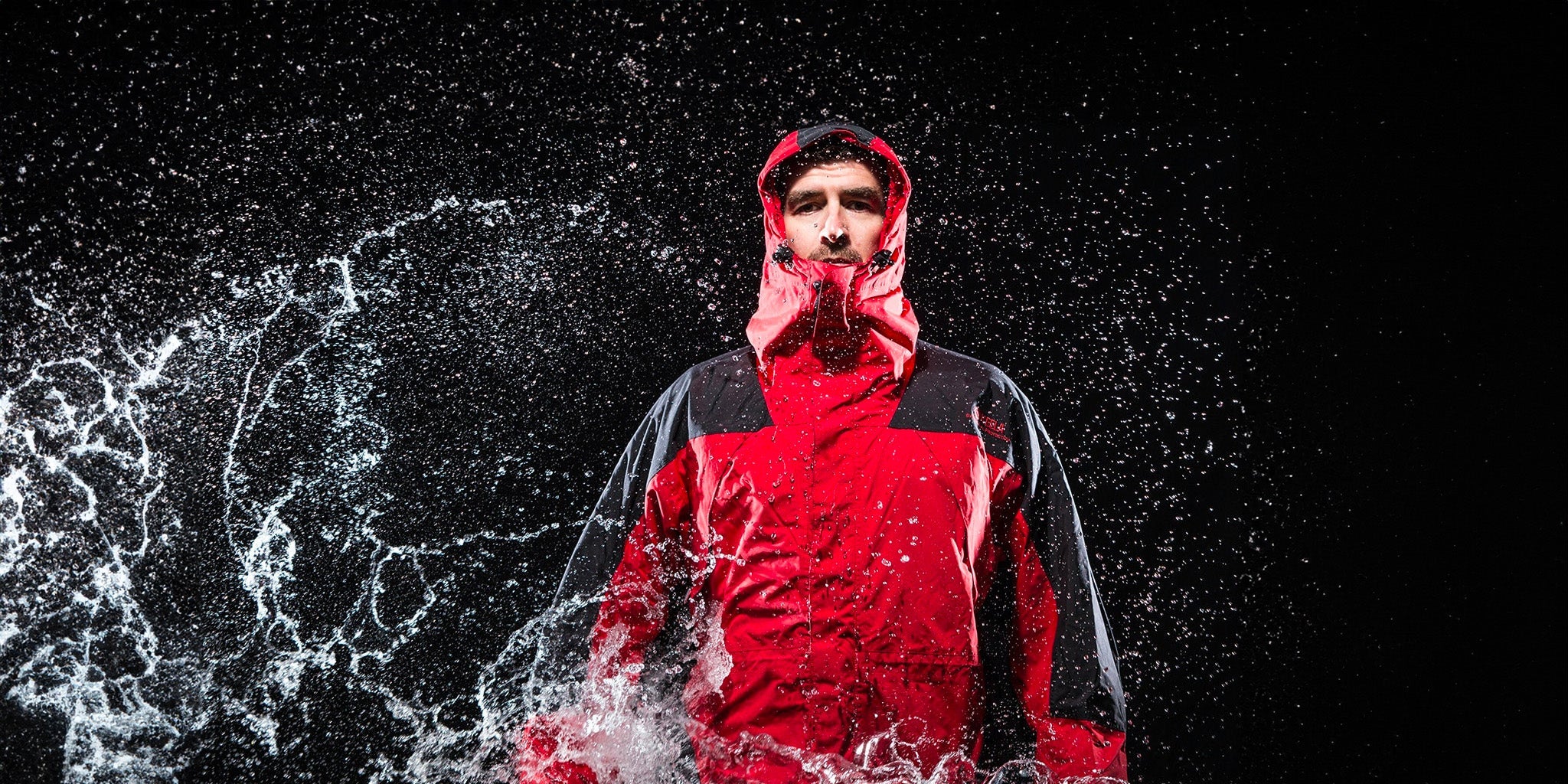Why Outdoor Clothing Matters
Outdoor clothing is designed to withstand the elements and provide functionality that regular clothing cannot. Here are some key reasons why investing in high-quality outdoor apparel is crucial:
- Protection from the Elements: Outdoor clothing offers protection against wind, rain, sun, and cold. This is vital for maintaining body temperature and preventing conditions like hypothermia or heatstroke.
- Durability: These garments are made to be tough and long-lasting, handling rough terrains and constant wear and tear.
- Comfort and Mobility: Designed with movement in mind, outdoor clothing ensures you can climb, hike, and explore without restrictions.
- Specialized Features: Many pieces come with added functionalities like moisture-wicking, UV protection, and insulation, enhancing your overall outdoor experience.
Essential Layers for Outdoor Clothing
Layering is the cornerstone of effective outdoor clothing. It involves combining multiple layers to manage body temperature and moisture efficiently. Here’s a breakdown of the three-layer system:
-
Base Layer: This layer sits directly against your skin and is responsible for moisture management. It should be breathable and quick-drying. Materials like merino wool or synthetic fibers (such as polyester) are ideal as they wick sweat away from your body.
-
Mid Layer: The mid layer provides insulation. Fleece jackets, down vests, or synthetic insulated jackets are popular choices. This layer traps body heat to keep you warm while still allowing moisture to escape.
-
Outer Layer: Also known as the shell layer, this protects you from wind, rain, and snow. Waterproof and windproof jackets made from materials like Gore-Tex or similar membranes are perfect for this layer. They are designed to keep the elements out while letting perspiration escape.
Must-Have Outdoor Clothing Items
-
Waterproof Jacket: A versatile and indispensable piece, a good waterproof jacket keeps you dry and shields you from wind. Look for features like adjustable hoods, ventilation zips, and taped seams for enhanced protection.
-
Insulated Jacket: Essential for cold weather, an insulated jacket filled with down or synthetic fibers provides exceptional warmth. Down is lightweight and highly compressible, while synthetic insulation performs better in wet conditions.
-
Hiking Pants / Trousers: These should be durable, quick-drying, and offer freedom of movement. Convertible pants that zip off into shorts can be highly versatile.
-
Base Layers: Long-sleeve tops and leggings made from moisture-wicking materials are critical for managing sweat and keeping you dry.
-
Footwear: Invest in sturdy, comfortable hiking boots with good ankle support and a strong grip. Consider waterproof options if you’ll be traversing wet terrains.
-
Accessories: Don’t forget gloves, hats, and buffs. These accessories can provide additional warmth and protection against the elements.
Choosing the Right Outdoor Clothing
When selecting outdoor clothing, consider the following factors:
- Climate and Weather Conditions: The type of clothing you need varies greatly depending on the environment. Research the typical weather conditions for your destination and plan accordingly.
- Activity Type: Different activities require different features. For instance, mountaineering gear needs to be highly durable and insulated, while running gear should be lightweight and breathable.
- Material Quality: High-quality materials might come at a higher cost, but they offer better performance and longevity. Brands like Patagonia, The North Face, and Arc’teryx are renowned for their reliable outdoor clothing.
- Fit and Comfort: Make sure your clothing fits well and allows for a full range of motion. Ill-fitting gear can be uncomfortable and hinder your movement.
Caring for Your Outdoor Clothing
To maximize the lifespan of your outdoor clothing, proper care is essential:
- Follow Care Labels: Always adhere to the washing and care instructions provided by the manufacturer.
- Use Appropriate Detergents: Special detergents designed for technical fabrics help maintain their water repellency and breathability.
- Store Properly: Keep your gear in a cool, dry place. Avoid compressing insulated jackets for extended periods, as this can damage the fill.
Conclusion
Investing in the right outdoor clothing can significantly enhance your outdoor experiences, providing comfort, protection, and durability. By understanding the importance of layering, choosing the right materials, and taking proper care of your gear, you’ll be well-prepared for any adventure that comes your way. Remember, the outdoors is best enjoyed when you’re well-equipped, so gear up and embrace the wild with confidence!


